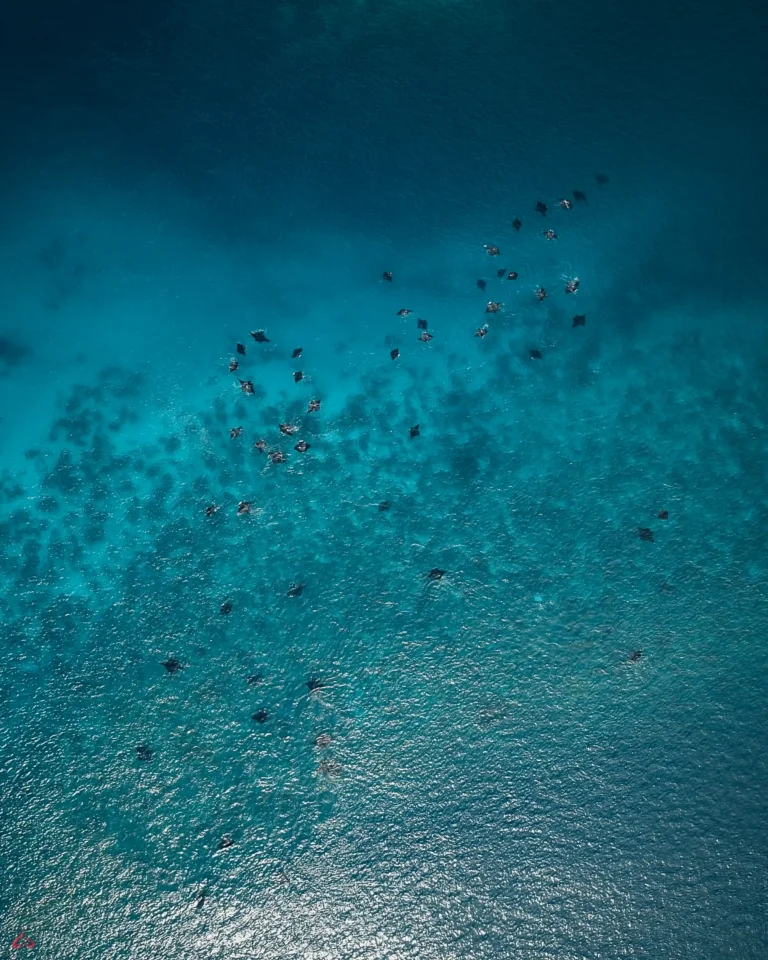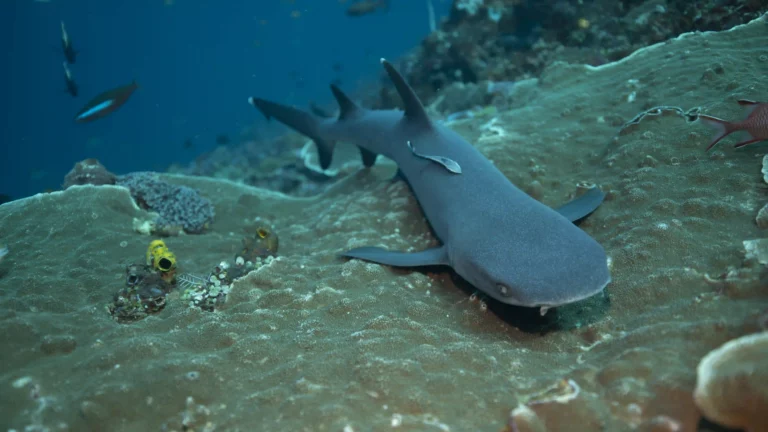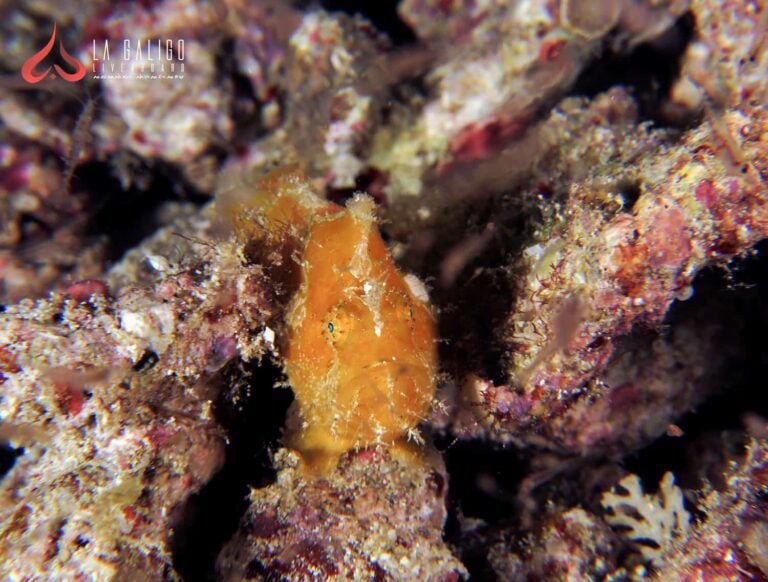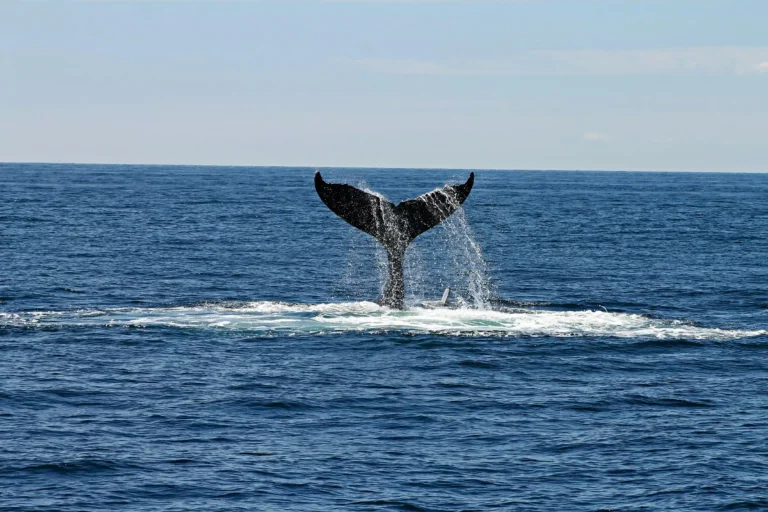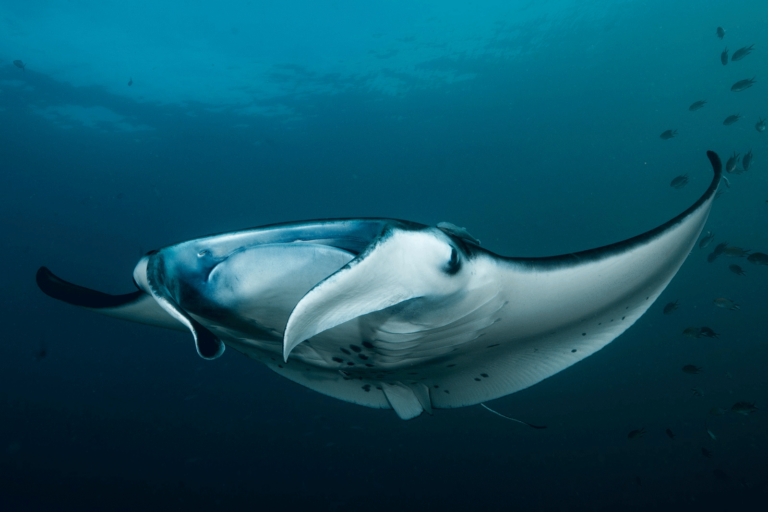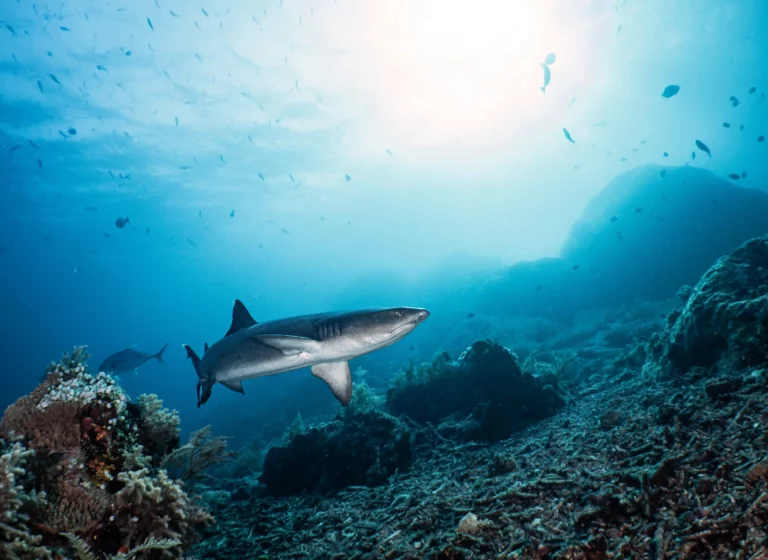Seahorses are among the most popular marine animals. Adults and children alike adore these underwater equines, but are they really fish, despite the fact that we know they aren’t horses? Discover the answer to this and other questions with these eleven fascinating seahorse facts!
There are over fifty different species of seahorse, with sizes ranging from a little more than half an inch (1.5 cm) to 14 inches (35.5 cm). They live in warm, calm shallow marine waters with plenty of food and anchor points to wrap their tails around.
Table of Content
- Why do seahorses have the name “seahorses”?
- Facts about seahorses
- 1. Seahorses are fish
- 2. They are lifelong partners
- 3. Male seahorses have babies!
- 4. Their tails are a valuable tool
- 5. They have unique identifying markings
- 6. They have superb camouflage capabilities
- 7. They have a big appetite
- 8. Their eyes work independently of one another
- 9. Speaking of predators, they don’t have all that many
- 10. They’re poor swimmers
- 11. They have a hard exoskeleton rather than scales and a part of our brain is named after them
Before we get into fun seahorse facts, let’s clear one thing up:
Why do seahorses have the name “seahorses”?
To begin with, their resemblance in appearance to a horse’s head explains why they are called seahorses. Seahorses use their delicate dorsal fin on their back to swim upright. Pectoral fins, which are small fins on the side of the head, are used for movement.
Evidence from scientific studies indicates that the seahorse is, in fact, a highly evolved pipefish. It is thought that tectonic movements in the earth led to the formation of shallow waters that were friendly to a variety of marine plants, including sea grasses, and consequently seahorses evolved into their own branch.
Scientists believe that the upright posture of seahorses, in contrast to most fish species that swim horizontally, is caused by the vertical growth of seagrass, which is its natural state in order to reach sunlight.
Their famous snout, which gives them their name, is a holdover from their ancestors, the pipefish; however, camouflage, which helps shield them from predators, has been created through adaptation to their new surroundings.
Facts about seahorses
Among the most unusual and fascinating creatures that live beneath the ocean’s surface are seahorses.
Those who see these tiny fish and are curious about them find them mysterious. These are only a handful of the astounding seahorse facts that exist.
1. Seahorses are fish
Is it a fish or a seahorse? Sure, They can stay afloat thanks to their swim bladder, and they can breathe through their gills and fins.
The genus Hippocampus, which in ancient Greek meant “hippo” for horse and “kapos” for sea monster, is the source of seahorses. They may look different, but they are actually fish.
2. They are lifelong partners
Not many other fish species have lifelong partners. Every day, they rekindle their bond through an hour-long courtship display. They swim up to each other in this display, changing colour as they get closer.
The male then circles the female, and together, the two swim around a small object while twirling their tails in a manner akin to a couple of ballerinas dancing through the night. The complex mating ritual that the monogamous seahorse uses involves dancing with their potential mate for up to eight hours.
3. Male seahorses have babies!
This is one of the more popular facts about seahorses. During the courtship phase, seahorses swim in unison, entwine their tails, exchange colours, and use the same anchor point. The male carries the eggs until they hatch after the female deposits them in a pouch on his belly during mating. When it’s time to give birth, the male will repeatedly spit out tiny, fully developed seahorses by contracting his abdomen. A few weeks, or occasionally even months, pass during the gestation cycle. For some species of seahorses, the laborious process of giving birth can take up to 12 hours. In their pouch, male seahorses can hold up to 2,000 fry!
The old wives’ tale that men were the ones giving birth originated when males were observed ejecting the hatchlings from their pouch. Usually, a female seahorse needs to take a break in between mating. The female can start laying eggs again, speeding up the breeding process and enabling higher rates of reproduction while the male is occupied incubating the fry. As soon as the current batch of fry is released from his pouch, the male is prepared to host another clutch.
4. Their tails are a valuable tool
While horses on land may use their tails to drive away insects, seahorses use their strong tails as a weapon in territorial or food disputes, as well as to help them stay afloat during storms. Even when swimming, mated pairs can be seen with their tails linked possibly as a form of handholding.
Their prehensile tail helps them hold themselves in place by helping them grasp a fixed object, such as a coral finger or a seagrass blade.
5. They have unique identifying markings
Even though two people belong to the same species, no two people are the same. Just as every seahorse has a different set of stripes, each has small variations in their small crowns, or coral nets. Similar to human fingerprints, the spiky crowns on their heads mean that no two are ever the same! You have probably swum right by one on a dive or two without even realising it was there.
6. They have superb camouflage capabilities
The amazing ability of seahorses to blend in with their surroundings cannot be overlooked when talking about seahorse facts. Their spiny growths can extend and retract, and they can quickly change colour to blend in with their surroundings.
ALSO READ : Biodiversity combines with Ecotourism: Raja Ampat
7. They have a big appetite
Seahorses in fact eat practically continuously. They require at least thirty meals a day because food passes through their tiny bodies so quickly because they lack stomachs and teeth. Because of how quickly their digestive systems function, food passes through their bodies too quickly for them to absorb much nutrition.
Their elongated snouts serve as an effective feeding tool. Up to 3,000 brine shrimp can be consumed by one seahorse in a single day. The seahorse feeds primarily on small shrimp and other crustaceans, which it consumes with its trapdoor-like mouth. When it spots potential food, the seahorse positions itself and then snaps! A small eddy is created when the trapdoor swiftly opens and closes, sucking the prey directly into the seahorse’s mouth.
8. Their eyes work independently of one another
The ability of seahorses to look both forward and backward simultaneously is another fascinating fact about them. Their eyes function independently of one another, which helps them keep an eye out for predators while they eat.
9. Speaking of predators, they don’t have all that many
Not many fish are drawn to the bony seahorse. Nonetheless, the crab prefers to eat them. Another threat comes from humans, who gather them more quickly than they can procreate, primarily for aquariums and gift shops.
10. They’re poor swimmers
Seahorses have very poor swimming abilities. The dwarf seahorse is the slowest fish in the world, covering a distance of just 1.5 metres (five feet) in an hour. They must use a small fin on their backs to propel themselves forward due to their unusual body shape. They use even smaller fins on the back of their heads to change direction. They probably won’t survive if they are ever caught in a storm because they are unable to swim away.
11. They have a hard exoskeleton rather than scales and a part of our brain is named after them
They have an exoskeleton made of hard, skin-covered plates in place of scales. Indeed, just like the majority of fish, seahorses possess a brain. An additional fascinating fact is that the human brain’s hippocampal region bears the name of the seahorse because of its shape.


